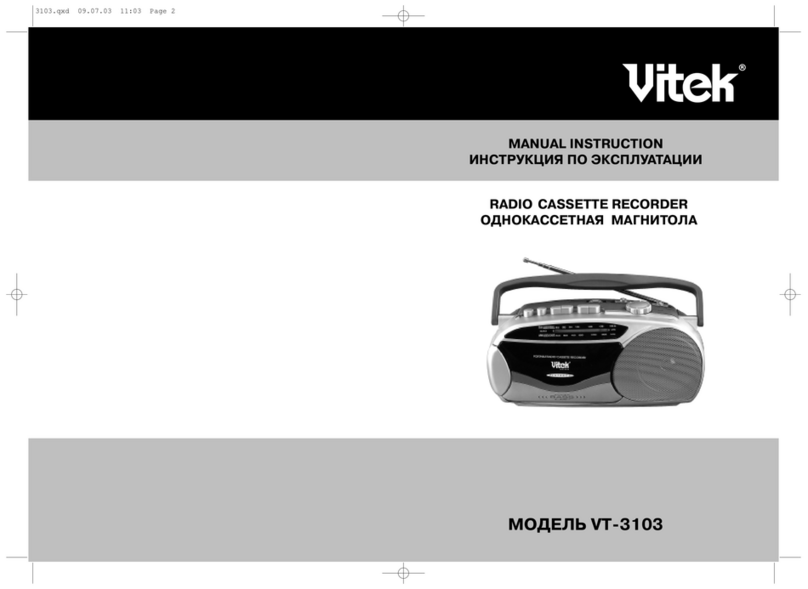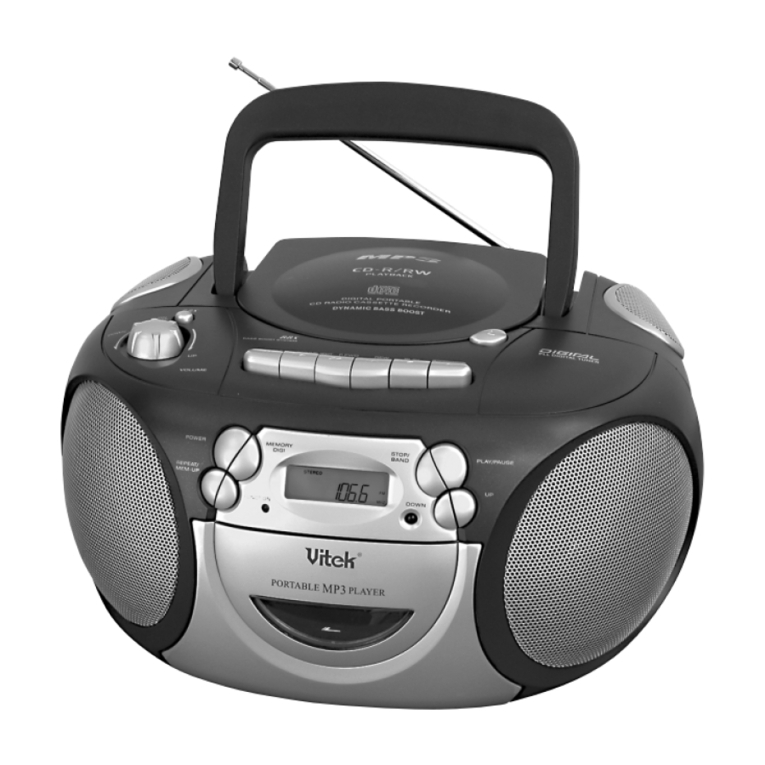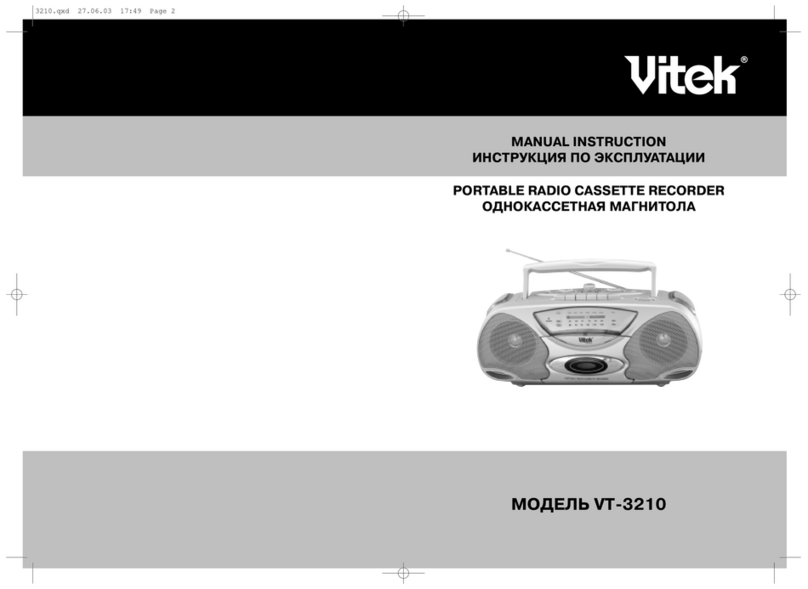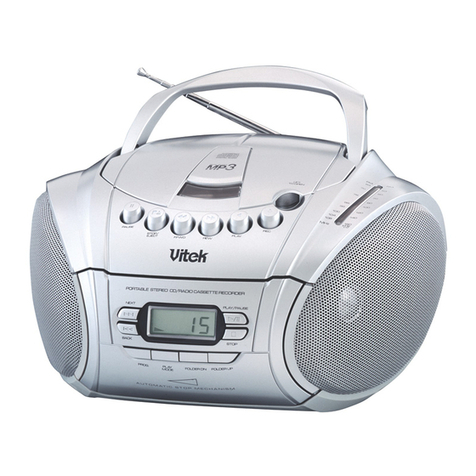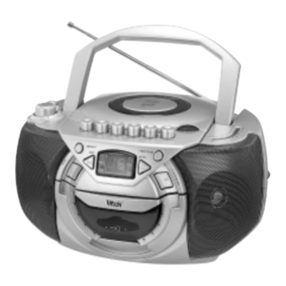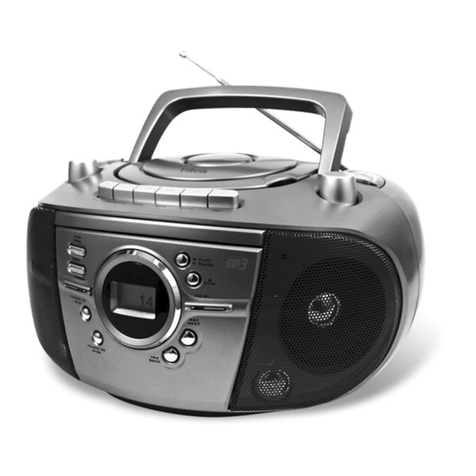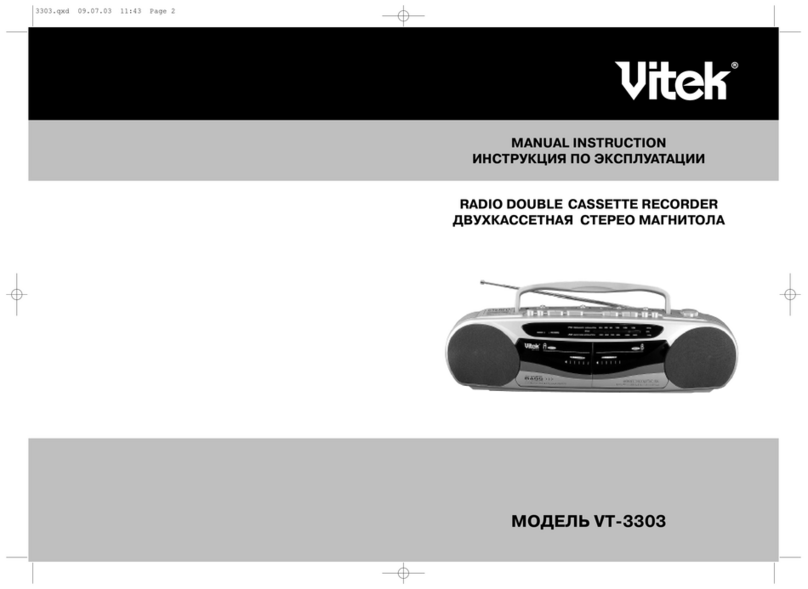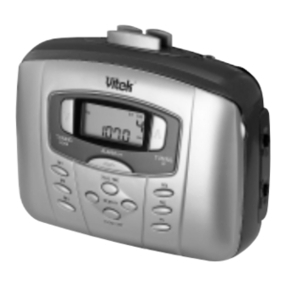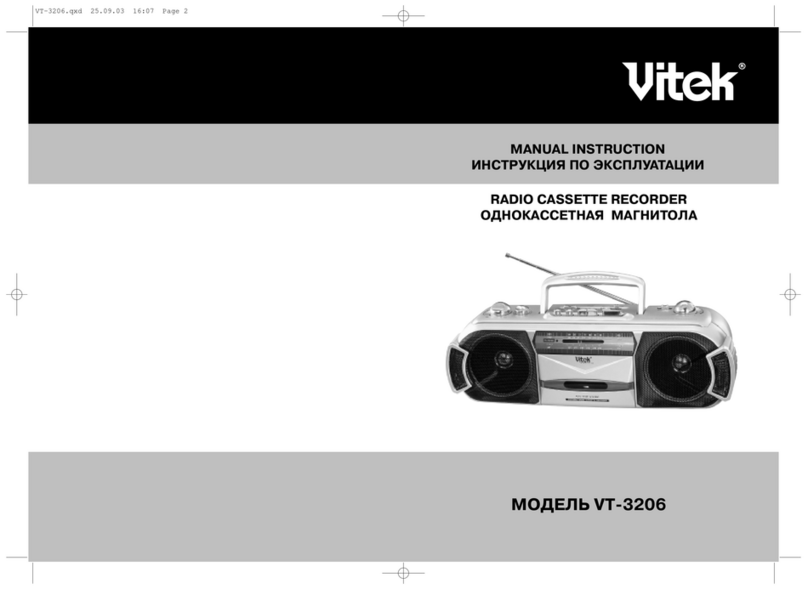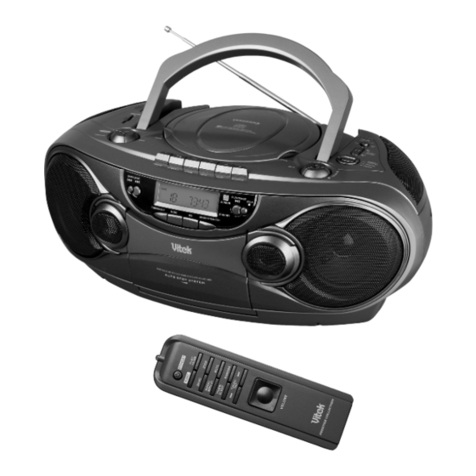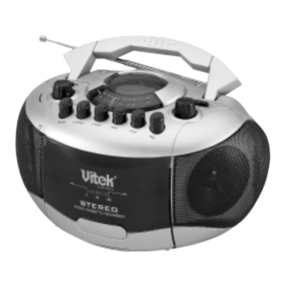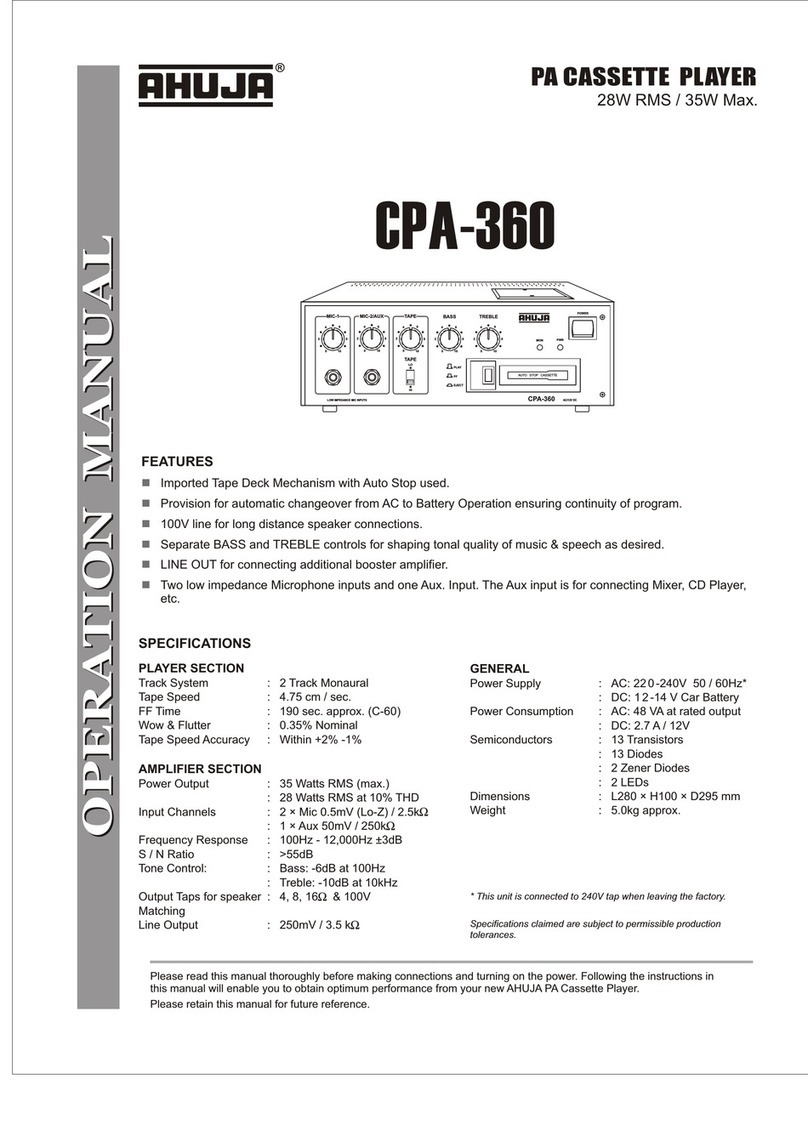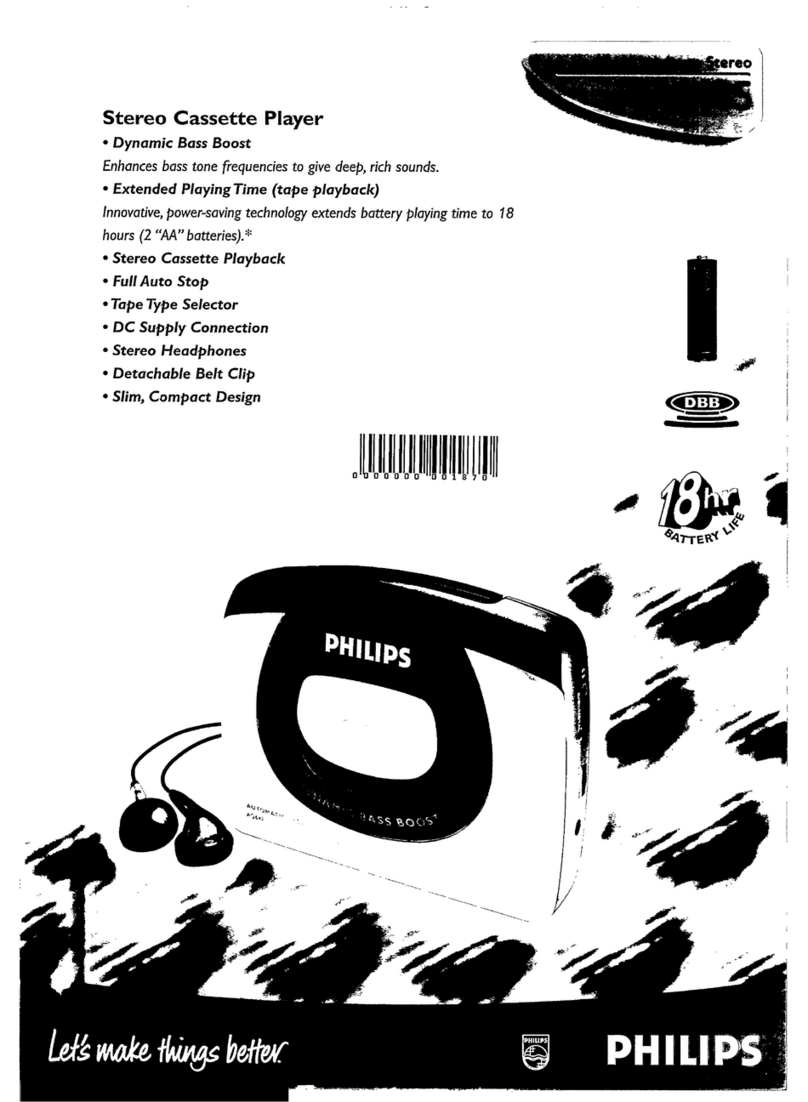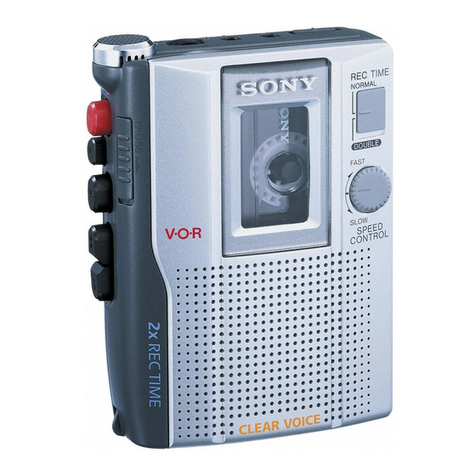Always adhere to the below. Misuse of the
power cord can cause it to heat up and cause a
fire.
• Securely connect the power cord to a wall out-
let. Do not use the device when the power cord
is not securely connected.
• Do not use the power cord while it is wound.
• Do not use the power cord with other power
cords in a multiple jack outlet.
• Regularly inspect the power cord prongs.
Regularly remove the power cord from the outlet
and wipe any dust or dirt from the prongs.
Accumulated dust can cause an electrical short
or overheating and a fire may result.
• Do not place the device flush against the
wall.
Always place the device at least 10 cm (4 in.)
away from a wall. Additionally, leave some space
between the device and other devices. When
placing the device on a shelf, leave a gap of at
least 10 cm (4 in.) away from the wall or the ceil-
ing. If there is no gap, the interior of the device
will overheat and may result in a fire.
• Do not look at the laser light.
Looking directly into a laser may result in eye
damage
• Do not obstruct the vents.
If you obstruct the vents, the device may over-
heat and may result in a fire. There are vents on
the back and bottom of the device. Avoid the
following.
Place the device facing upwards, on its side or
upside down.
Place the device in an area with poor air circula-
tion such as in a closet or box.
Place a table cloth, rug or blanket over the
device.
• Use in thunderstorm conditions.
When using the device outside, fold down the
antenna and move to a safe location. A lighten-
ing strike may occur otherwise.
• Do not use at any voltage other than 110-
127V or 220-240 V.
Do not use this device at any voltage other than
the voltage displayed (110-127 V or 220-240 V).
Fire or electric shock may result.
• Do not attempt to charge the batteries.
The batteries may rupture or leak fluid causing
fire, injury or damage.
•Do not use different type of batteries together,
such as alkaline batteries and manganese dry
batteries, or old and new batteries together.
The batteries may rupture or leak fluid causing
fire, injury or damage.
• Do not use the device in the bath or shower.
Do not use the device in highly humid places
such as the bath or shower. Fire or electric
shock may result.
• Caution when unplugging the power cord.
Do not touch the power cord with wet hands.
Electric shock may result.
Always hold the plug when unplugging the
power cord. Pulling the cord itself to unplug the
power cord may damage it and may also result
in fire or electric shock.
• Caution in placing the device.
Do not place the device in a humid or dusty
environment, or in a place where smoke or
steam can enter the device. Fire or electric
shock may result.
Do not leave the device in a car with the win-
dows shut, in direct sunlight or in a place of high
humidity. Fire or malfunction may result.
• Do not place the device in an unsteady
place.
Do not place the device in an unsteady place or
on a high shelf. The device may fall and cause
injury.
Do not place heavy objects on the device.
The object may topple over causing injury.
• Cautions when carrying the device.
Remove the disc. Turn off the power, unplug the
power cord from the outlet, and check that there
are no external connections before carrying.
Damaging the cord may result in fire or electric
shock.
Fold down the rod antenna. Leaving the antenna
extended while carrying may cause it to scratch
or hit someone causing injury.
Do not put your hand in the disc or cassette
entry port.
You may injure yourself. (Be especially watchful
when children are around the machine.)
• Do not use deformed or cracked discs.
Do not use any deformed or cracked discs, or
discs repaired with glue. Discs spin at high
speed inside the device.
Disc fragmentation may cause injury.
Additionally do not use discs with glue remaining
on them from cellophane tape or rental CD
labels.
• Caution with headphone volume.
Avoid raising the volume too much. Listening to
loud sounds for extended periods of time can
damage your hearing.
ENGLISH
4
